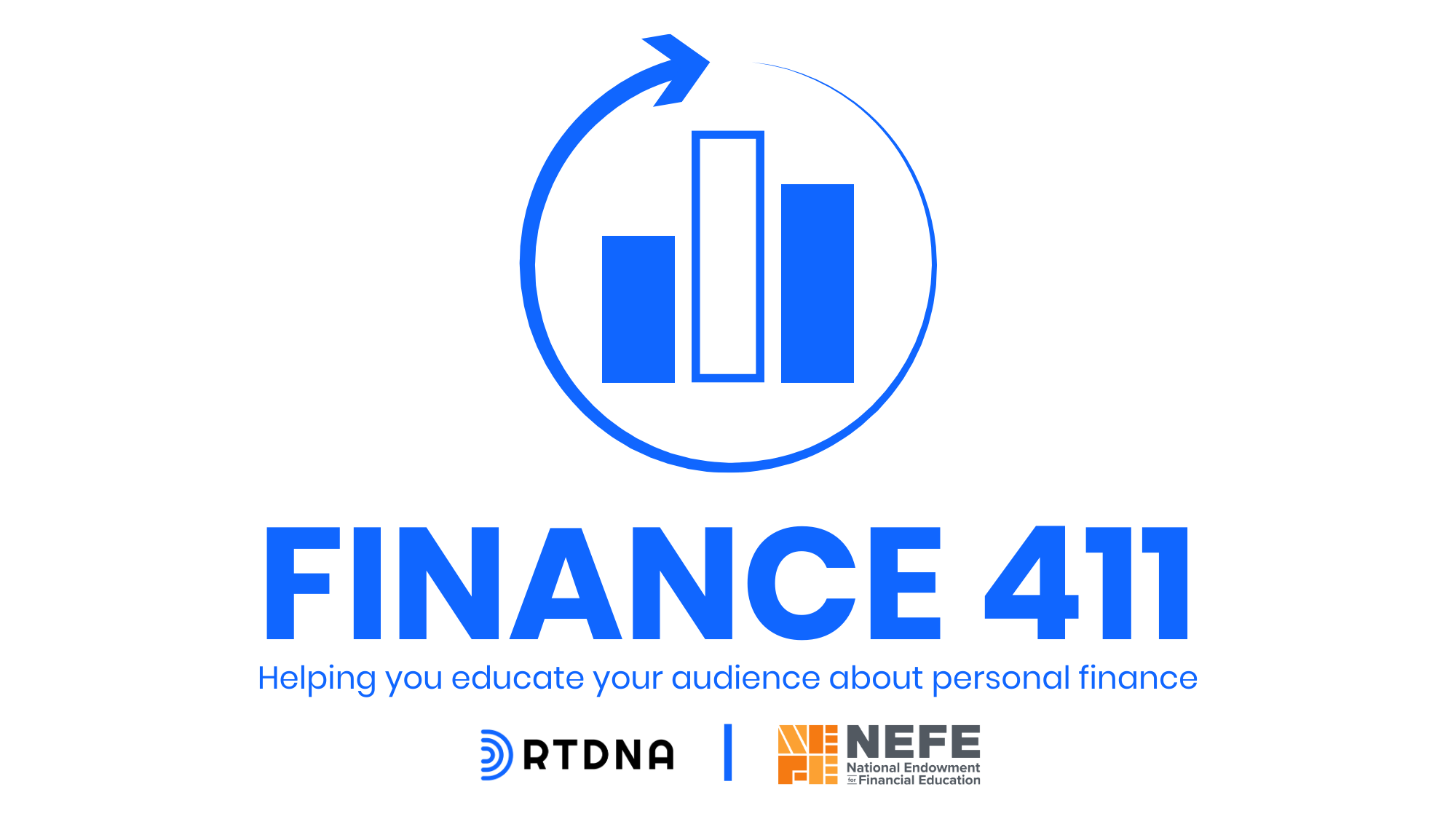Money Matters: From clearance rack to cash

$2,500 in one evening. $30,000 a year. Hundreds of thousands – even millions – in sales. The latest get-rich-quick scheme?
Maybe. It is a growing side business increasingly popularized on YouTube: retail arbitrage, or buying items, usually in person from discounters or sale bins, and reselling them online for a profit.
The concept isn’t new. “Buy low, sell high” is a basic mantra of economics. The ease of selling online with the rise of Ebay some 20 years ago first led the concept to grow.
Today, it’s even easier as online sales have skyrocketed and price checking apps have made it easier to find sale items inexpensively and resell them for a profit.
The concept can work well for fad items – if you get in on a trend early enough – which could bring a high return, or for basics (like, until recently, bagel seasoning) with a relatively low profit per item, but a high and consistent volume of sales.
Another recent digital development has made it easier for independent online sellers to make cash: fulfillment by Amazon. Amazon relies on third party sellers for a significant portion of its sales, and offers those small sellers the option to send their products to an Amazon warehouse and handle packaging and shipping orders, for a fee.
This can save sellers the time it takes to fulfill individual orders, but does cut into profits.
Some digital resale platforms also place restrictions on third party sellers, particularly for reselling brand-name items.
Like any quick-money idea, it’s also never a guarantee: it takes practice to know which items will have a higher resale value and to be placed highly in search results.
Yet a growing number of entrepreneurs have turned to retail arbitrage as a side job, or even as a full time business.
Weekly Money Matters personal finance content for your newsroom is sponsored by the National Endowment for Financial Education.
PICTURE
